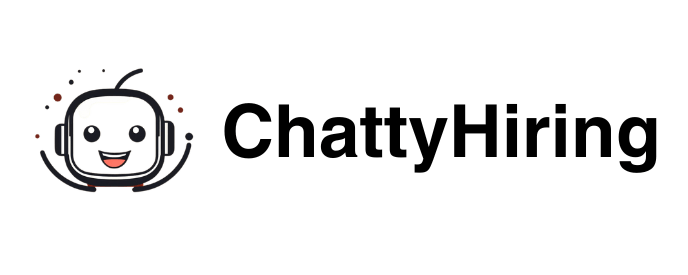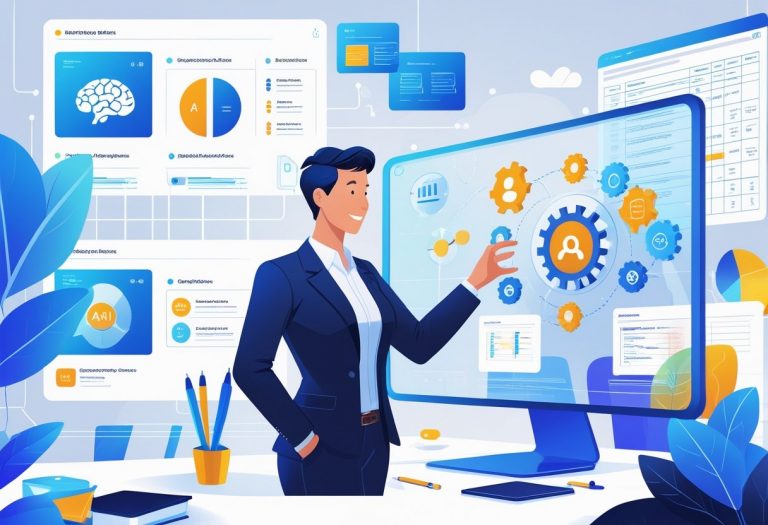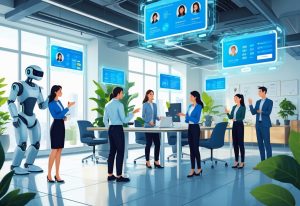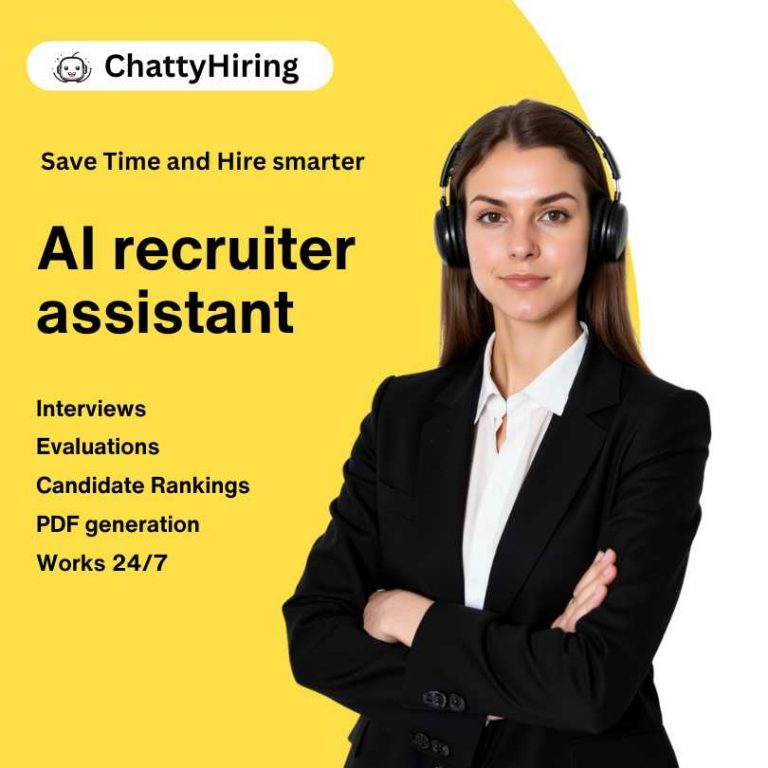Most HR professionals worry they need advanced technical skills to successfully implement AI in their workplace.
The truth is, HR leaders need strong foundational knowledge in talent management plus basic digital literacy, rather than deep technical expertise, to effectively adopt AI tools.
Research shows that only 9% of HR professionals feel fully equipped to use digital technologies, but bridging this gap doesn’t require years of technical training.

The real challenge isn’t learning complex programming or data science.
It’s understanding how AI can enhance existing HR processes like recruiting, employee development, and performance management.
HR professionals need to get comfortable experimenting with AI tools, while still focusing on compliance, ethics, and the overall employee experience.
Success in AI adoption is about strategic thinking and change management skills, not just technical know-how.
Organizations that build clear frameworks for responsible AI use and encourage safe experimentation see much faster adoption across their HR teams.
Core HR Knowledge for AI Adoption
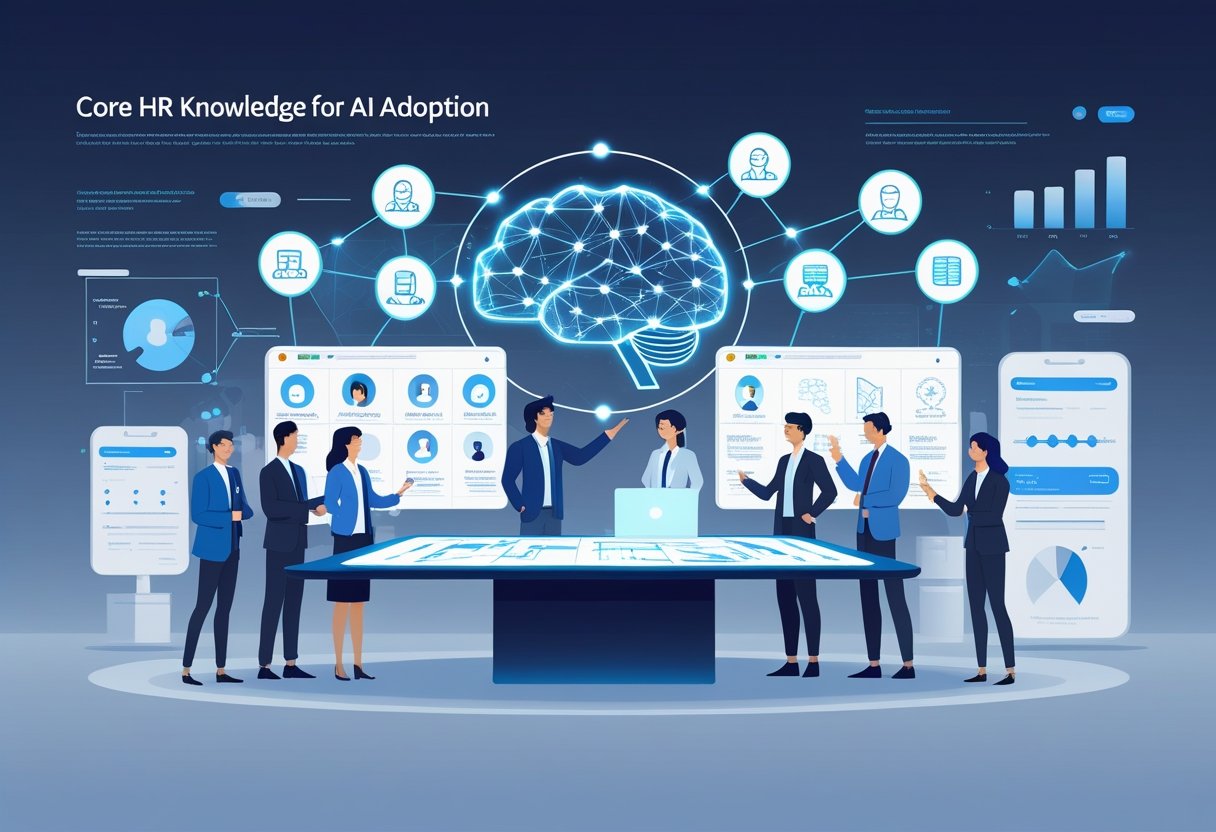
HR professionals need solid knowledge in four main areas to successfully adopt AI: understanding AI basics, mastering core HR processes, staying updated on AI trends in HR, and building leadership skills for digital transformation.
Understanding Artificial Intelligence and AI Tools
HR pros should grasp basic AI concepts to make smart decisions about tech adoption.
Machine learning lets computers learn from data, while natural language processing helps AI understand and respond to people.
Common AI tools in HR include:
- Chatbots for employee questions
- Resume screening software
- Interview scheduling systems
- Performance analytics platforms
- Learning recommendation engines
AI tools analyze patterns in huge datasets and can spot trends humans might miss.
But they still need human oversight to ensure fairness and accuracy.
It’s important to know the difference between predictive analytics and automation.
Predictive analytics forecasts future outcomes using past data, while automation takes care of repetitive tasks without human input.
Essentials of Human Resources Processes
A strong grasp of core HR processes is the foundation for successful AI adoption.
HR professionals need to know how each process currently works before adding AI solutions.
Key HR processes include:
- Recruitment and hiring
- Employee onboarding
- Performance management
- Training and development
- Compensation and benefits
- Employee relations
Each process has its own steps, data points, and decision criteria.
For example, recruitment covers job posting, application review, interviews, and selection.
AI can improve each step with better candidate matching and automated screening.
HR pros should pinpoint which tasks eat up the most time and which decisions need a human touch.
77% of companies have seen meaningful time savings in daily tasks thanks to AI-powered workflows.
Understanding how data flows between HR systems helps identify where AI adds the most value.
Clean, well-organized data leads to better AI results.
Current Trends in AI in HR
AI adoption is moving fast in HR, with new tech popping up across multiple functions.
The UK leads Europe with 55% of organizations investing in AI for recruitment, training, and employee support.
66.3% of HR professionals now use AI in daily tasks, but rolling out AI formally is still a work in progress for many.
Popular AI applications include:
- Resume screening and candidate ranking
- Employee sentiment analysis
- Personalized learning paths
- Workforce planning and analytics
- Automated interview scheduling
Adoption is slowed by some big hurdles.
78% of organizations lack specific AI budgets, making funding a challenge.
Time crunches and skill gaps also slow things down.
Strategic planning and employee training are key to overcoming these obstacles.
The Role of HR Leaders in AI Transformation
HR leaders are the drivers of successful AI adoption.
They need to champion technology while addressing concerns about job security and privacy.
Leadership includes building governance frameworks and setting clear ethical guidelines.
HR leaders accelerate AI adoption by creating policies and implementation roadmaps.
Key leadership actions:
- Developing AI strategies and budgets
- Training teams on new tech
- Setting up data privacy protocols
- Measuring ROI and effectiveness
- Communicating changes to employees
Microsoft’s collaborative approach involved visiting company sites and meeting with HR service teams during their AI journey.
HR leaders should aim for efficiency gains while keeping the employee experience at the center.
It’s important to make sure AI tools support—not replace—meaningful human connections.
Key Skills and Competencies for Effective AI Integration
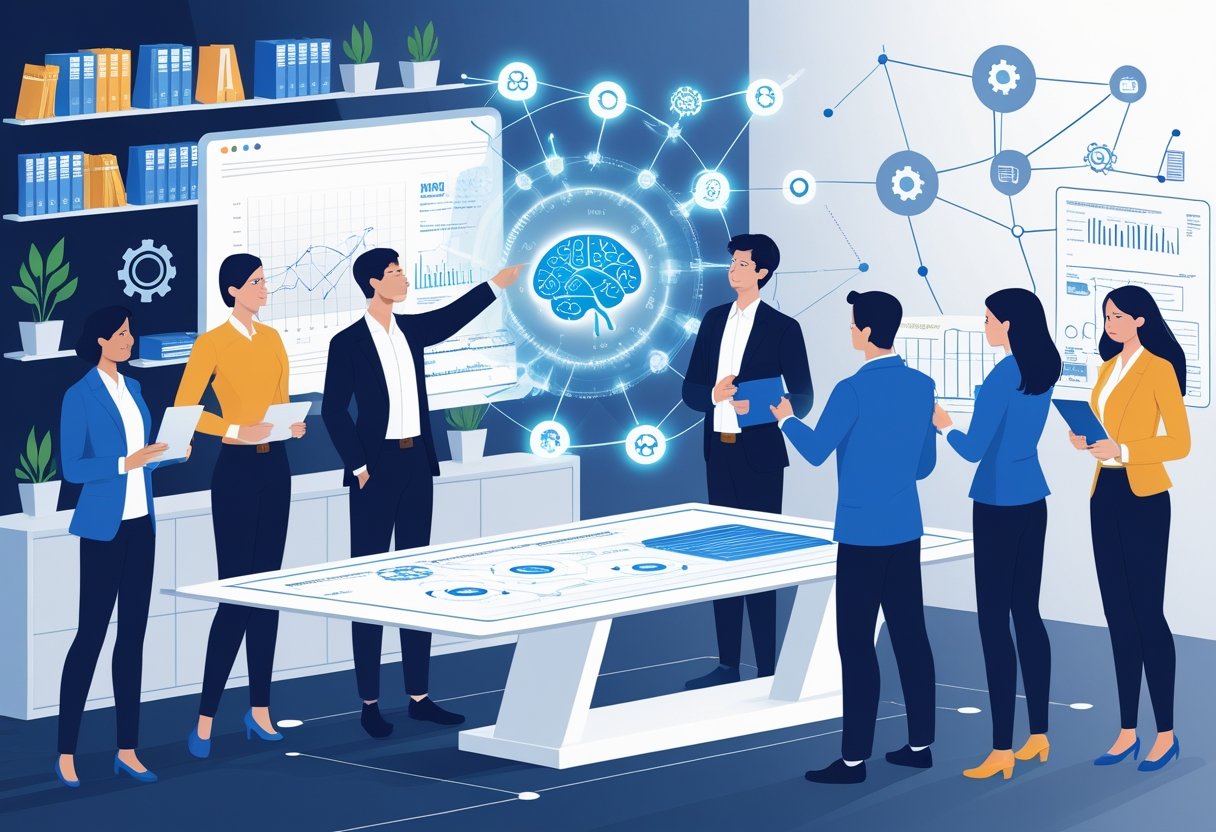
HR teams need certain competencies to make AI work.
These include building technical knowledge, staying adaptable, and creating strong partnerships throughout the organization.
Upskilling and Reskilling for AI Readiness
HR professionals should develop foundational AI knowledge to make smart choices about tech.
This means understanding basic AI concepts, data privacy, and how AI fits into current workflows.
Essential AI competencies for HR teams include data analysis, prompt engineering, and AI ethics.
HR leaders need to assess team capabilities and spot knowledge gaps.
Core technical skills include:
- Understanding machine learning basics
- Data interpretation and analysis
- AI tool evaluation and selection
- Privacy and compliance requirements
Reskilling should focus on real-world applications, not just theory.
Hands-on training with actual AI platforms is the most effective.
Budgets for upskilling usually range from 2-5% of the HR department’s budget.
The best training programs mix online learning with real project experience.
Continuous Learning and Experimentation Mindset
AI is always evolving, so HR teams need to keep learning.
Skills needed to use AI effectively change as new tools emerge.
HR pros should set aside 2-3 hours a week to explore new AI developments.
This could mean testing platforms, reading industry news, or joining AI-focused communities.
Effective learning strategies:
- Monthly AI tool testing sessions
- Joining cross-functional AI projects
- Attending industry conferences
- Starting peer learning groups
Experimentation should be structured.
Set testing criteria, success metrics, and timelines for new AI projects.
Documenting experiments helps build organizational knowledge.
Track what works, what doesn’t, and why.
Fostering Collaboration with Business Leaders
Strong interpersonal skills are crucial for rolling out AI across departments.
HR acts as the translator between technical teams and business leaders.
Many business leaders don’t fully understand AI’s limitations or capabilities.
HR teams need to explain how AI can solve real business problems and set realistic expectations.
Key collaboration activities:
- Regular AI readiness check-ins with department heads
- Cross-functional AI committees
- Building business cases for AI investments
- Supporting change management during adoption
Integrating HR tech requires input from finance, IT, and department managers.
Finance sets budget limits, IT handles technical needs, and managers know operational requirements.
Collaboration works best when everyone’s roles are clear.
HR should define who chooses AI tools, who implements them, and who handles ongoing support.
Practical Applications and Challenges of AI in HR
HR teams are seeing excellent new opportunities—and some real challenges—when rolling out AI.
While AI streamlines HR workflows and boosts decision-making, there are technical, skill, and compliance barriers to overcome.
AI in Recruitment and Talent Acquisition
AI is transforming how companies source and hire talent through automated screening and candidate matching.
These tools scan resumes at lightning speed and find qualified candidates from massive applicant pools.
Key recruitment applications include:
- Resume screening and keyword matching
- Chatbots for initial candidate interviews
- Predictive analytics for candidate success
- Automated scheduling and communication
But AI in recruitment brings regulatory and ethical challenges.
Bias in hiring algorithms can lead to discrimination if not monitored closely.
Companies need to test their AI systems regularly to ensure fair results.
Integrating AI into existing hiring workflows can be tricky.
The tech works best when recruiters know how to evaluate AI outputs and make final decisions.
Training talent acquisition specialists to work alongside AI is essential.
Improving Employee Experience with Generative AI
Generative AI tools like ChatGPT help HR teams create personalized content and respond to employee questions more efficiently.
These tools can draft communications and provide instant answers about company policies.
Common generative AI uses:
- Policy explanations: Instant answers to benefits questions
- Content creation: Employee handbooks and training materials
- Personalized communications: Tailored onboarding messages
- Performance feedback: Draft reviews and development plans
Most HR professionals use AI for personal productivity rather than broad employee services.
Scaling these tools beyond basic tasks is still a challenge.
The big concern is making sure AI-generated content is accurate.
HR teams should review everything before sharing with employees to avoid misinformation.
Trust is key when employees interact with AI.
Be transparent about when and how AI is used in HR functions to keep employees confident.
Ensuring Data Security and Compliance
HR handles a ton of sensitive employee data, so security is a top priority with AI.
[Companies face complex regulations and privacy concerns](https://www.forbes.com/councils/forbescommunicationscouncil/2025/05/06/ai-challenges-in-hr-what-every-hr-professional-should know/) when rolling out AI.
Critical security considerations:
| Risk Area | Key Concerns |
|---|---|
| Data Storage | Where employee information is processed |
| Access Controls | Who can view AI-generated insights |
| Third-party Vendors | External AI tool security standards |
| Audit Trails | Tracking AI decision-making processes |
Many HR pros are hesitant to experiment with AI due to unclear guidelines.
Organizations need clear AI risk frameworks for safe adoption.
Compliance rules vary depending on industry and location.
Healthcare and finance have especially strict requirements for employee data.
HR teams need to partner with IT and legal to set up proper safeguards.
Regular security checks and employee training on AI policies help prevent breaches and legal trouble.
Developing a Successful AI Strategy in HR
Creating an excellent AI strategy means aligning with business goals and planning systematic implementation.
Organizations should focus on change management and use modern platforms to get the most out of their AI investments.
Aligning AI Implementation with HR and Business Goals
Successful AI implementation in HR starts with identifying specific business problems, not just rolling out new technology.
HR leaders should connect AI initiatives to measurable outcomes like reducing time-to-hire or boosting employee retention.
The most effective method is to focus on one specific hiring challenge at a time.
This might mean automating resume screening or streamlining candidate matching workflows.
Key alignment strategies include:
Every AI tool should address a real recruitment or talent management need.
It’s important that each solution contributes to broader business objectives.
Strategic AI adoption means HR leaders need to be active partners in integrating new technology across the company.
Managing Change and Measuring Impact
Change management is crucial when introducing AI into HR processes.
Teams need training on new platforms and to understand how AI will impact their daily workflows.
Clear communication about the benefits and expectations is essential for successful adoption.
HR professionals should build new skills to work effectively alongside AI-driven systems.
Essential measurement approaches:
| Metric Type | Examples | Timeline |
|---|---|---|
| Efficiency | Time-to-hire reduction, processing speed | Monthly |
| Quality | Candidate match accuracy, employee satisfaction | Quarterly |
| Cost | Labor savings, tool ROI | Annually |
Consistent assessment helps pinpoint which AI solutions are driving value.
Tracking both quantitative results and user feedback is key.
Training sessions should cover how to use AI tools and interpret AI-generated insights.
This way, HR teams can leverage technology while still applying human judgment to important hiring decisions.
Leveraging LinkedIn and Emerging HR Technologies
LinkedIn has become essential for AI-powered recruitment and talent acquisition strategies. The platform’s data and networking capabilities significantly enhance AI matching algorithms.
HR teams can use LinkedIn’s AI features for candidate sourcing and relationship management. Integration with applicant tracking systems streamlines recruitment workflows and improves candidate quality.
Emerging technologies to consider:
- Conversational AI: 24/7 employee support through chatbots
- Predictive analytics: Turnover prediction and workforce planning
- Machine learning: Resume screening and performance analysis
- Natural language processing: Survey analysis and feedback interpretation
AI technology adoption should focus on solutions that integrate with existing HR information systems. This approach reduces implementation complexity and boosts user adoption.
Professional networks like LinkedIn offer valuable data for AI model training and validation. HR leaders should assess how these platforms can elevate their AI-driven hiring strategies.
-

A passionate advocate for the future of HR innovation. With expertise in leveraging AI to revolutionize recruitment processes, Carlos has a clear vision: empower HR teams while creating meaningful candidate experiences.
View all posts
